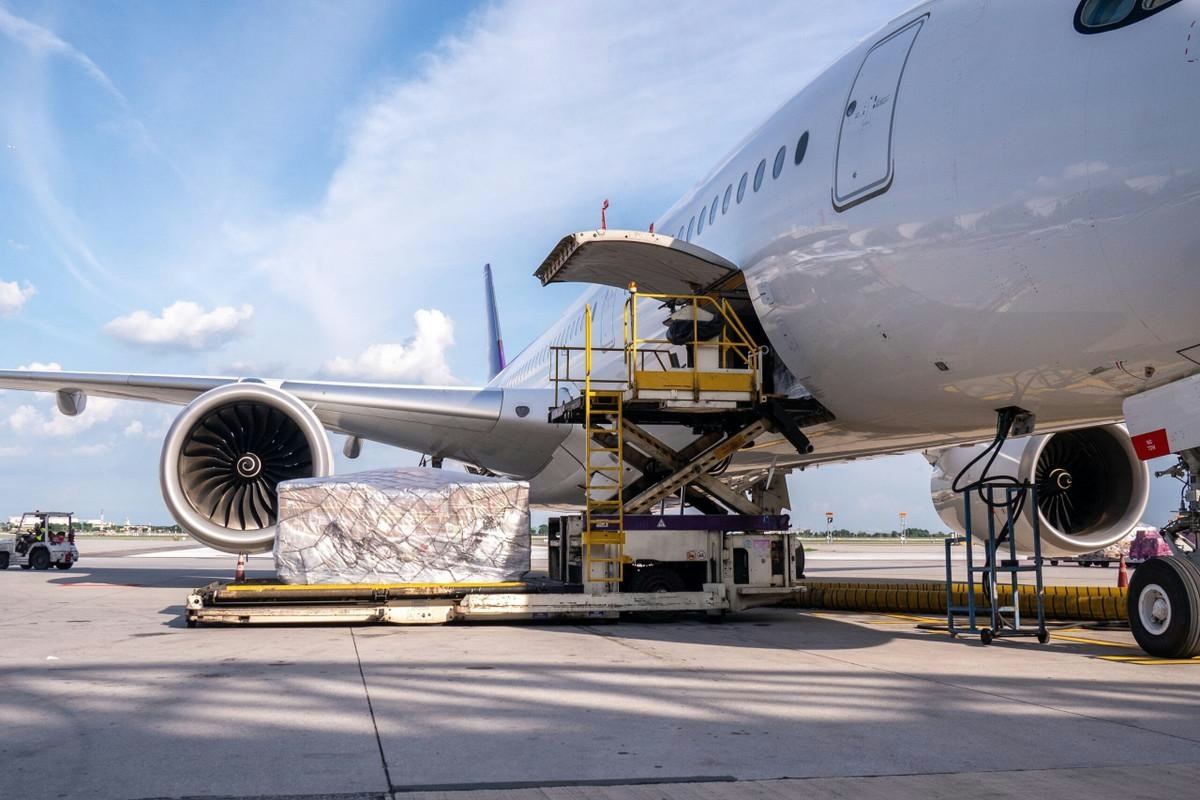
AeroGenie — あなたのインテリジェントな副操縦士。
現在のトレンド
Categories
New Low-Altitude Weather Sensor Network Launched in North Texas to Enhance Drone and Air Taxi Safety
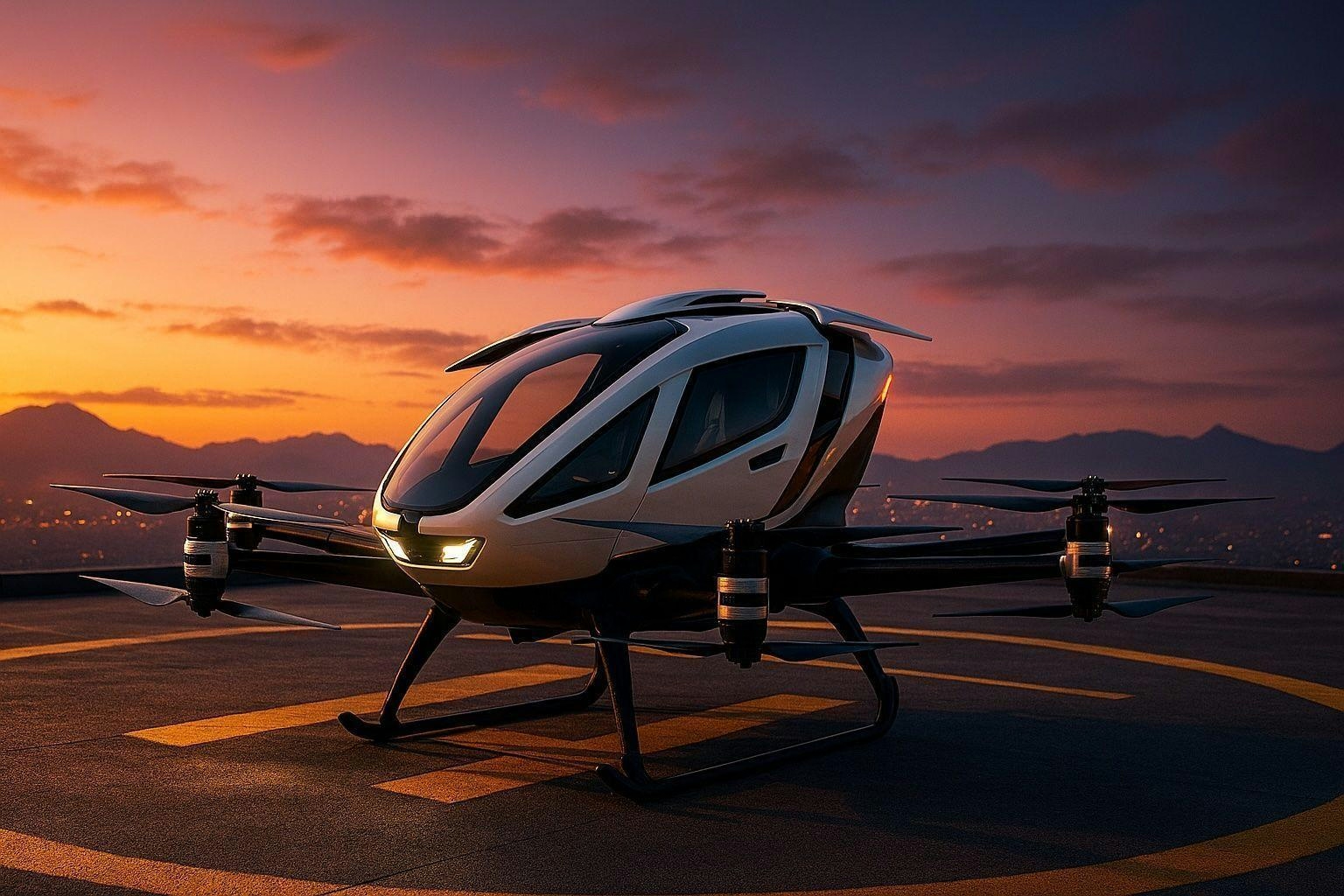
New Low-Altitude Weather Sensor Network Launched in North Texas to Enhance Drone and Air Taxi Safety
A pioneering low-altitude weather sensor network has been established in North Texas to improve the safety and reliability of emerging transportation technologies, including drone delivery, autonomous trucking, and electric vertical takeoff and landing (eVTOL) aircraft. This initiative represents a significant step toward addressing the unique meteorological challenges faced by next-generation air mobility systems operating in urban environments.
Collaborative Effort to Advance Urban Air Mobility Safety
The network has been deployed by TruWeather Solutions, a Reston, Virginia-based company, in partnership with Hillwood, the City of Fort Worth, and the North Central Texas Council of Governments. The system spans Hillwood’s expansive 27,000-acre AllianceTexas development in north Fort Worth, creating a comprehensive data environment to monitor and analyze wind patterns critical to the safe operation of drones and air taxis.
Don Berchoff, CEO of TruWeather Solutions, emphasized the importance of this collaboration, stating that hosting advanced low-altitude wind sensors at strategic locations within AllianceTexas enables a deeper understanding of wind behavior. This, in turn, enhances the safety and efficiency of urban drone and air taxi operations. Berchoff credited the strong public-private partnership for transforming TruWeather’s innovative concepts into a functional and operational network.
Funding and Technological Innovation
The project benefits from a NASA Small Business Innovation Research (SBIR) Award and a $2 million U.S. Department of Transportation (USDOT) SMART Grant awarded to the City of Fort Worth. The NASA-funded Urban Weather Sensing Infrastructure Testbed aims to improve weather data collection and mitigate risks associated with Advanced Air Mobility Systems. Meanwhile, the USDOT SMART Grant, managed in collaboration with the North Central Texas Council of Governments, supports the development and pilot testing of a micro-weather network designed to enhance safety and operational efficiency for both intermodal and autonomous transportation modes.
Central to the new infrastructure is the Wind Guardian system, an advanced low-altitude wind sensor employing Light Detection and Ranging (LiDAR) technology developed by Metro Weather, a partner of TruWeather. More than 20 sophisticated weather and wind sensors are being installed at key locations within AllianceTexas, including Perot Field Fort Worth Alliance Airport, Alliance Gateway 57 in Roanoke, and the AllianceTexas Flight Test Center. The network also incorporates road weather sensors, cloud-detection instruments, and innovations in laser technology, sensor design, and data processing.
Challenges and Industry Implications
Despite its promise, the system faces challenges such as maintaining data accuracy and reliability across varying weather conditions, integrating seamlessly with existing drone and air taxi infrastructure, and addressing regulatory and safety concerns. The initiative is anticipated to draw increased interest from operators seeking enhanced safety capabilities, potentially prompting competitors to accelerate the development of their own advanced weather monitoring technologies.
This launch aligns with a broader industry trend toward technological innovation in air mobility safety, exemplified by partnerships like NASA and ResilienX’s collaboration on drone preflight planning tools. Christopher Ash, president of Alliance Aviation Companies at Perot Field Fort Worth Alliance Airport, highlighted AllianceTexas’s role as a hub for transportation innovation. He noted that the partnership with TruWeather advances the future of logistics and mobility through micro-weather data that will shape the next era of transportation.

FACTS Summit 2025 in Sydney Highlights Innovation and Sustainability in Asia-Pacific Corporate Travel and Aviation
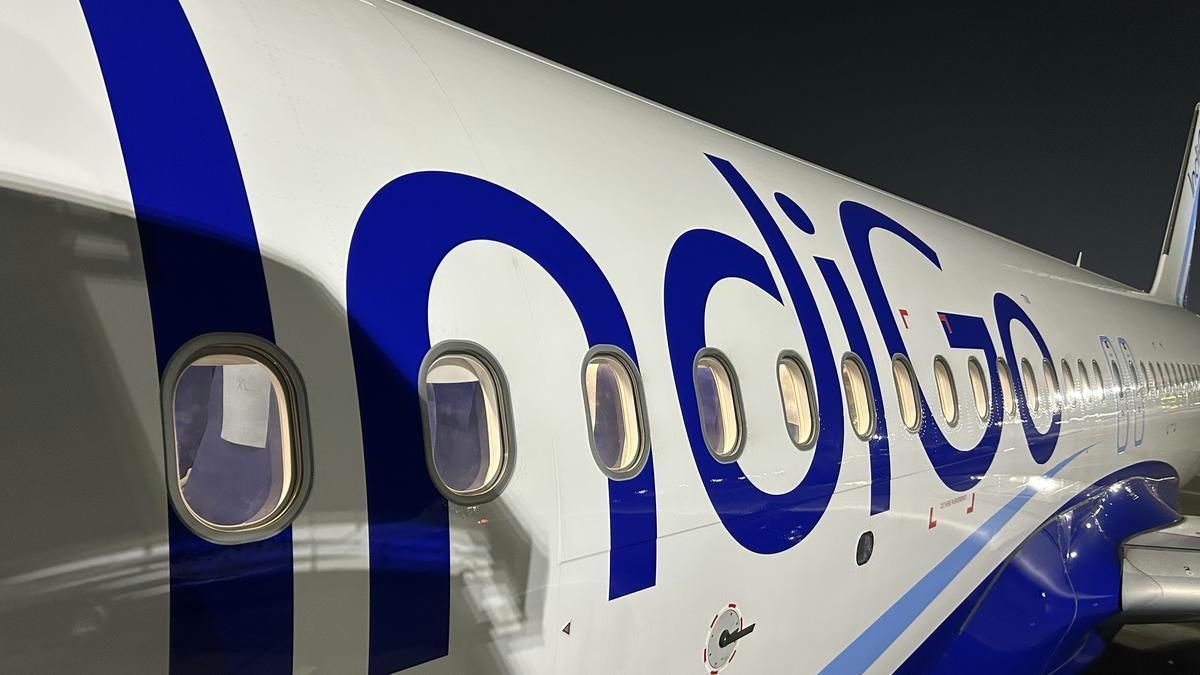
IndiGo to Deploy Wide-Body Aircraft on Vijayawada-Hyderabad Route, Says MP
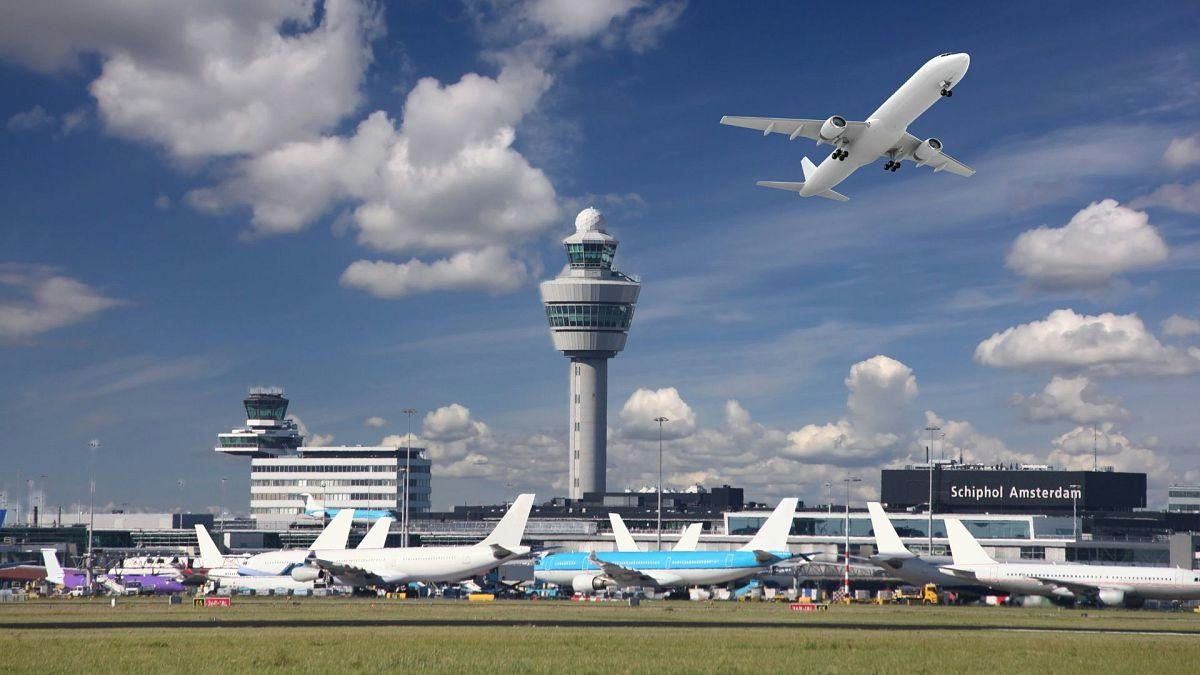
Europe Unveils New Aviation Strategy to Promote Cleaner, Faster Flights
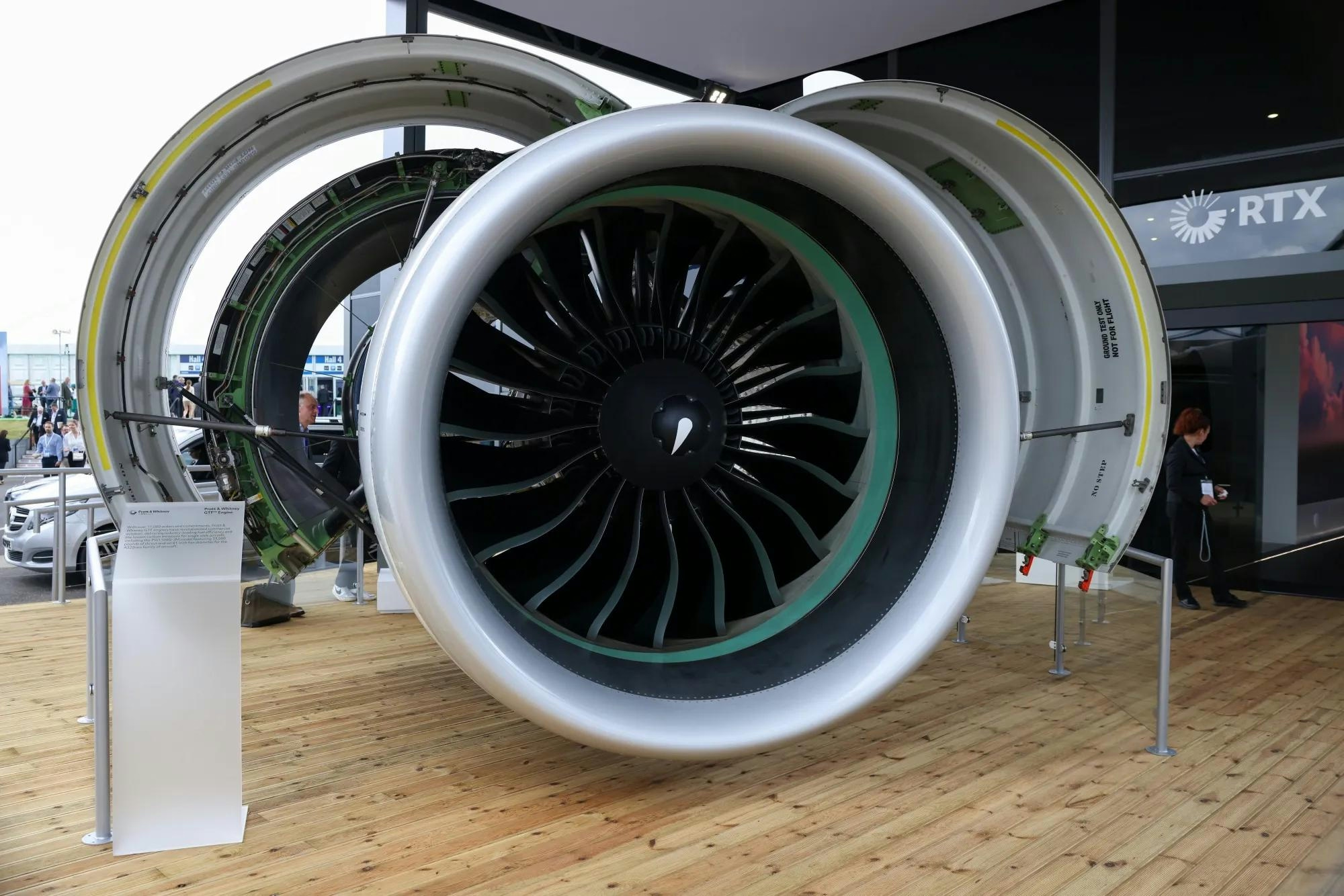
Spirit Signs Agreement with Pratt & Whitney Units on Aircraft Engines

ADB SAFEGATE Receives Industry Awards for Marketing, R&D, and Social Impact

GA Telesis Secures Five-Year Landing Gear Overhaul Agreement with Major U.S. Carrier

Government Strengthens Aviation Safety Framework Amid AI-171 Investigation
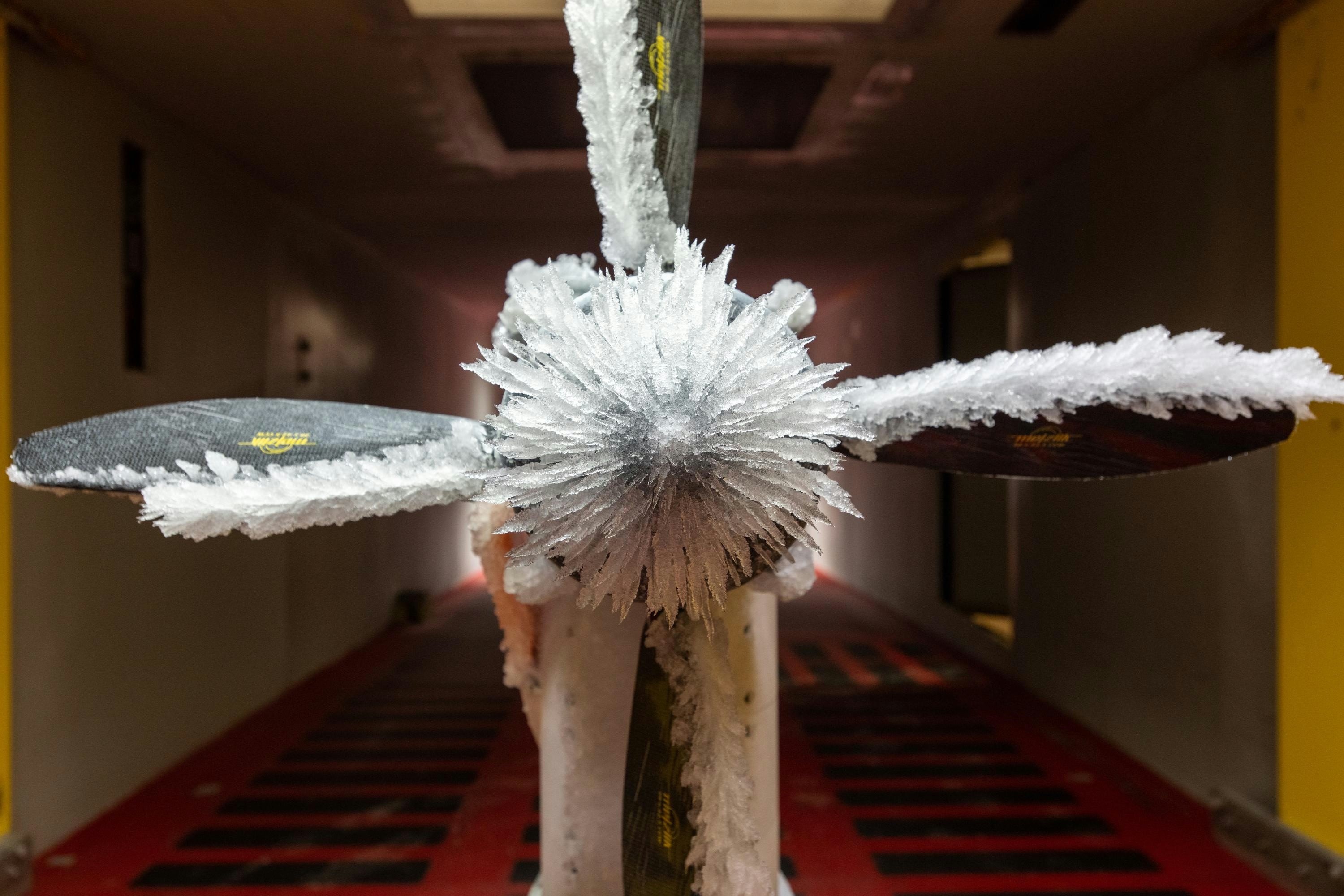
NASA Software Raises Bar for Aircraft Icing Research
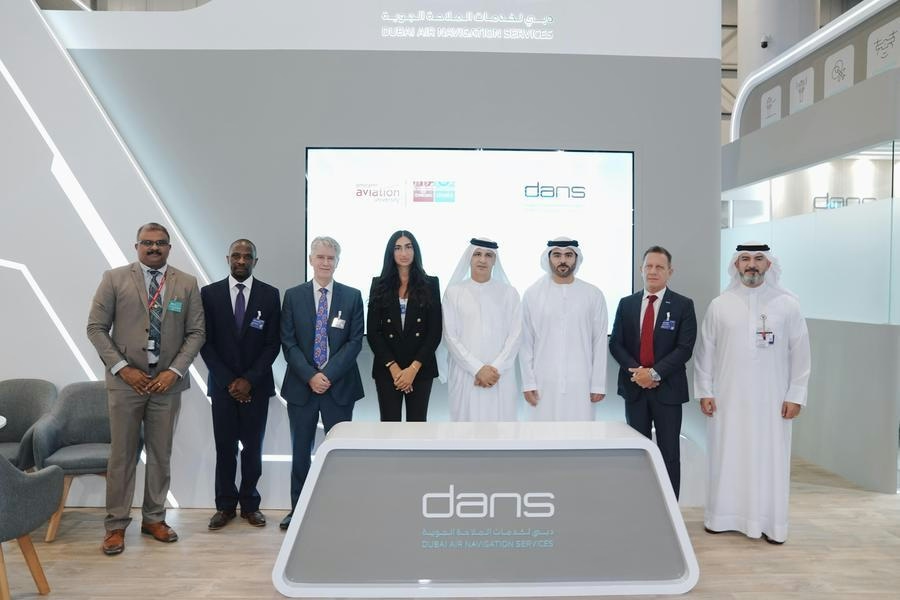
Dans and Emirates Aviation University Partner on AI Air Traffic Management Research
